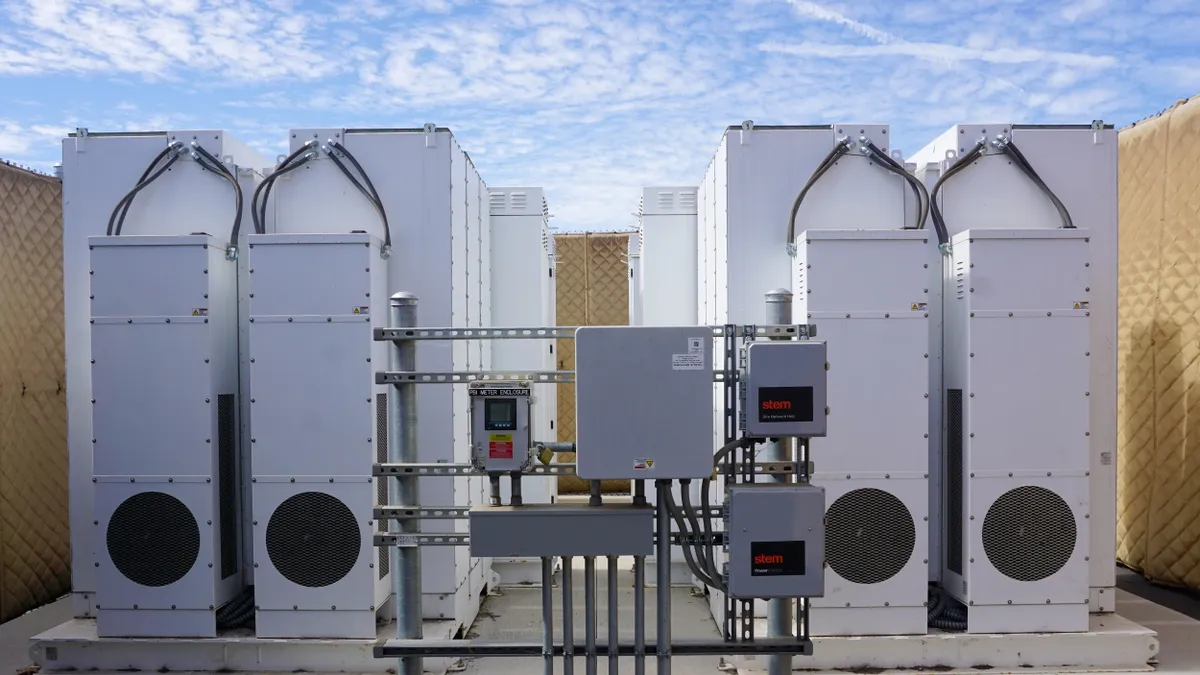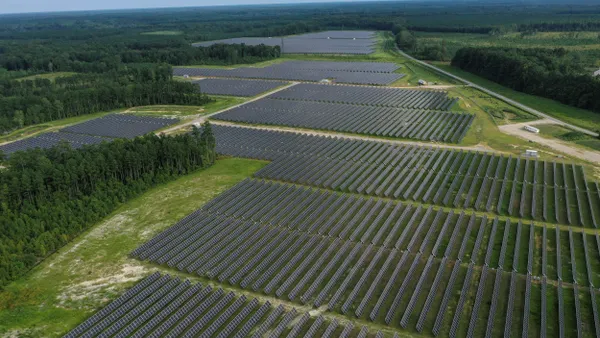Dive Brief:
- Nearly $350 million in federal funding is available for LDES demonstration projects, DOE announced Monday.
- Energy storage technologies are “not sufficiently scaled or affordable” to support the broad use of renewables on the electrical grid, federal officials said. Less costly and longer duration storage can increase community involvement in local power systems and reduce the possibility of grid disruptions, according to DOE.
- The pilot projects are intended to help reach the Biden administration’s goal of establishing a carbon-free electric grid by 2035 and a net-zero emissions economy by 2050.
Dive Insight:
The funding is made possible in part by the Bipartisan Infrastructure Law, DOE said. The Inflation Reduction Act also will help spur businesses to “build and deploy innovative clean energy technologies” with clean energy tax credits for energy storage, federal officials said.
“Advancing energy storage technologies is key to making energy generated from clean renewable resources — like wind and solar — available for 24/7 use, and is critical to achieving a decarbonized power grid,” Energy Secretary Jennifer Granholm said.
As the U.S. moves toward a carbon-free electric grid reliant on renewable energy generation, reliable LDES is needed to supply energy when generation is reduced or unavailable, federal officials said.
In addition, developing low-cost, long-duration energy storage that can provide sufficient energy to help reliably cover the peaks of natural gas demand would reduce the cost of switching to all-electric for heating and other applications, Moody’s Investors Service said recently.
The Department of Energy initiative calls for up to 11 demonstration projects to contribute to the Biden administration’s goal of reducing the cost of grid-scale energy storage by 90% within the decade.
DOE will fund up to 50% of the cost of each project. The program looks to fund projects that will overcome technical and institutional barriers to full-scale deployment of LDES systems by focusing on different technology types in various regions.
Applicants are required to include community benefits plans focusing on investing in the domestic workforce; engaging communities and labor; advancing diversity, equity, inclusion and accessibility; and implementing the Justice40 Initiative, which directs 40% of benefits of certain federal investments to benefit disadvantaged communities.
Letters of intent are due by Dec. 15.















